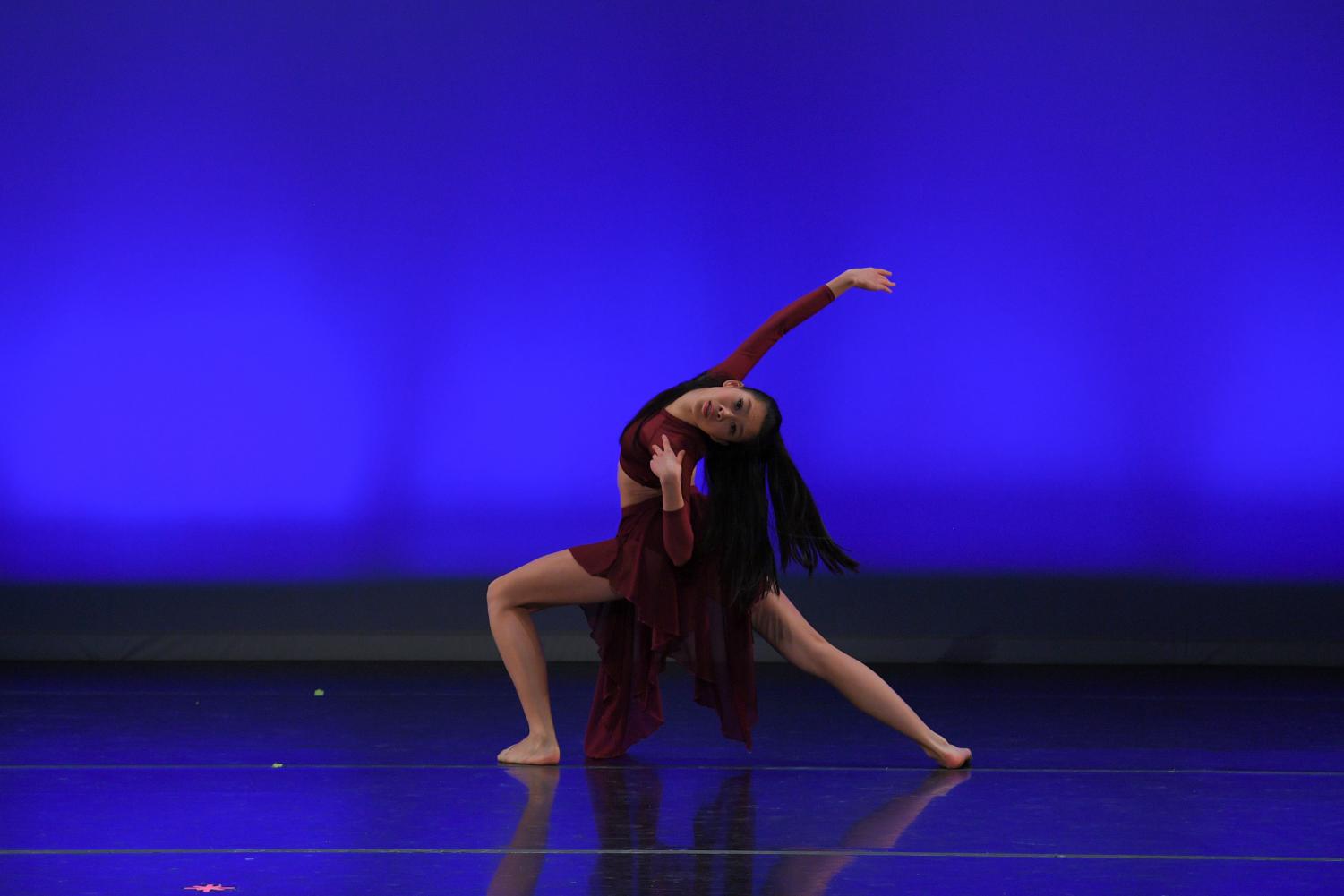
It’s early in the year, and for many dancers, the Youth American Grand Prix (YAGP) looms on the horizon. As the world’s largest international student ballet competition and scholarship program, succeeding at YAGP is the pivotal goal many train for the entire year as it provides immense opportunities for aspiring dancers and has even launched many professional dancers’ careers. A corporation dedicated to giving young dancers immeasurable opportunities, YAGP allows for great growth and experience, but it comes at a price that is often not appreciated by the public.
YAGP reaches over 12,000 young dance students (ages 9 to 19) annually through semifinal competitions in 25 U.S. cities and eight international locations, including China and France. At these regional competitions, dancers perform in solos, partners and/or ensembles in classical ballet and contemporary styles. Although these performances only last for about three to five minutes, preparing for them often takes a year or more. From what I have observed as a six-year participant from Indiana Ballet Conservatory, after selecting a piece to perform, under the supervision of a coach, dancers must learn or choreograph the routine and perfect each movement to the best of their ability and technique. These private rehearsals are scheduled at least twice a week, and combined with taking normal classes to stay in shape, many of the dancers of IBC spend around 10 hours a week or more working toward YAGP. This long road of preparation is strenuous and stressful, as participants need to re-choreograph steps to accommodate their strengths, stay in shape and build up enough stamina to endure the pressure and strain on their muscles as they perform jumps, turns and feats of the human body, all while still maintaining their character, technique and smile.

With lessons, rehearsals and costumes, YAGP not only taxes the body and time, it impacts the wallet. Entrance fees for semifinals is $95, with $110 for each solo and from $45 to $110 per person in group dances. Costumes are notably expensive as well—tutus range from $100 to $500 or more, and simple leotards or dresses for contemporary solos are also around $100. Additionally, classes and private lessons from experienced, trained professionals are not cheap either. Everyday dance wear like leotards, tights and shoes are also a burden. For dancers who travel out of state to other regional competitions for better chances of succeeding at the semifinals and going on to the finals in New York City (which has an additional entrance fees), extra transportation and housing costs add up as well.
However, it would be ignorant not to acknowledge the incredible opportunities YAGP yields. Even for those like me who don’t plan to make a career out of dance, the experience of training alongside others, performing on stage, getting direct feedback from the judges, who are hand-picked professionals, meeting other dancers and attending master classes taught by people who have worked in the dance industry for a lifetime makes YAGP priceless. I have also participated in the finals in New York City, and experiencing the student dance community all together in one city was unforgettable. Additionally, for those who do consider dance a career option, if they place in the semifinals and finals, they can be noticed by large dance companies that offer scholarships and invitations to their summer intensives and even to join their companies. Because of YAGP, ballet stars like Miko Fogarty, once a soloist at the Boston Ballet; Michaela dePrince, soloist at the Dutch National Ballet; and Sergei Polunin, legendary former principal dancer at the Royal Ballet, have gone on to lead amazing careers.
As a student, juggling the effort put into training and preparing for this major competition while also keeping up with the general school workload and clubs is incredibly demanding; however, the experience YAGP provides is well worth it. Furthermore, the amount of discipline, perseverance, time-management and confidence dance and preparing for YAGP takes should be as appreciated as any other athletic activity. Dance is so much more than just a form of artistic expression; it is arguably a sport in its own right with the physical and emotional strength and training it demands, all hidden under costumes and smiles, and deserves so much more acknowledgement and respect.
Click here to go to the YAGP website.
















































































![Review: “The Immortal Soul Salvage Yard:” A criminally underrated poetry collection [MUSE]](https://hilite.org/wp-content/uploads/2025/03/71cju6TvqmL._AC_UF10001000_QL80_.jpg)
![Review: "Dog Man" is Unapologetically Chaotic [MUSE]](https://hilite.org/wp-content/uploads/2025/03/dogman-1200x700.jpg)
![Review: "Ne Zha 2": The WeChat family reunion I didn’t know I needed [MUSE]](https://hilite.org/wp-content/uploads/2025/03/unnamed-4.png)
![Review in Print: Maripaz Villar brings a delightfully unique style to the world of WEBTOON [MUSE]](https://hilite.org/wp-content/uploads/2023/12/maripazcover-1200x960.jpg)
![Review: “The Sword of Kaigen” is a masterpiece [MUSE]](https://hilite.org/wp-content/uploads/2023/11/Screenshot-2023-11-26-201051.png)
![Review: Gateron Oil Kings, great linear switches, okay price [MUSE]](https://hilite.org/wp-content/uploads/2023/11/Screenshot-2023-11-26-200553.png)
![Review: “A Haunting in Venice” is a significant improvement from other Agatha Christie adaptations [MUSE]](https://hilite.org/wp-content/uploads/2023/11/e7ee2938a6d422669771bce6d8088521.jpg)
![Review: A Thanksgiving story from elementary school, still just as interesting [MUSE]](https://hilite.org/wp-content/uploads/2023/11/Screenshot-2023-11-26-195514-987x1200.png)
![Review: "When I Fly Towards You", cute, uplifting youth drama [MUSE]](https://hilite.org/wp-content/uploads/2023/09/When-I-Fly-Towards-You-Chinese-drama.png)
![Postcards from Muse: Hawaii Travel Diary [MUSE]](https://hilite.org/wp-content/uploads/2023/09/My-project-1-1200x1200.jpg)
![Review: "Ladybug & Cat Noir: The Movie," departure from original show [MUSE]](https://hilite.org/wp-content/uploads/2023/09/Ladybug__Cat_Noir_-_The_Movie_poster.jpg)
![Review in Print: "Hidden Love" is the cute, uplifting drama everyone needs [MUSE]](https://hilite.org/wp-content/uploads/2023/09/hiddenlovecover-e1693597208225-1030x1200.png)
![Review in Print: "Heartstopper" is the heartwarming queer romance we all need [MUSE]](https://hilite.org/wp-content/uploads/2023/08/museheartstoppercover-1200x654.png)



